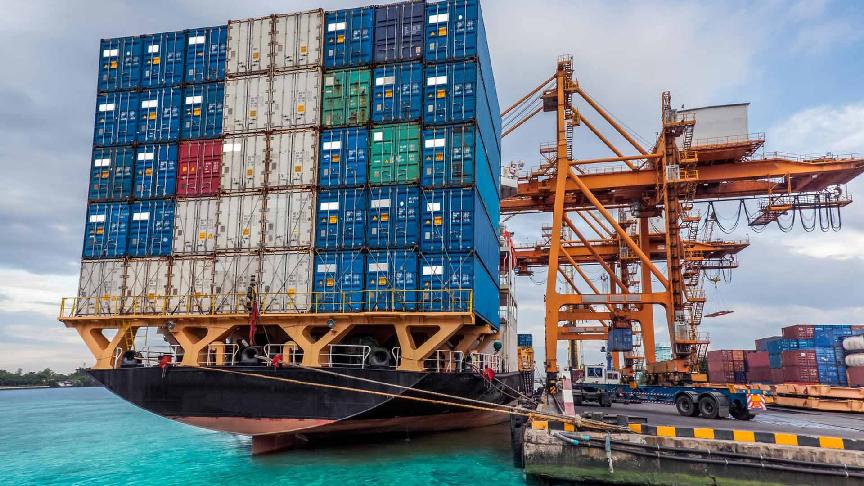While the market has levelled off and returned to a more normal state, it remains very volatile and challenging, with potential "wild card" events to consider. After strong growth in 2021 (almost +10% compared to 2020), Seabury forecasted a -2% decline in global trade throughput in 2022 compared to 2021. Consequently, the drop seen in the first quarter of 2023 was a continuum of last year’s trend.
The break out of the Russia-Ukraine conflict - which fed into the EU energy crisis and the rise of interest rates - sparked consumer concerns. Spending quickly collapsed, and Western companies with high inventories and warehouses full of unsold goods had to immediately cut back on orders (and some even suspended them). Since then, every single month saw less volume than in the last four years.

Global Capacity Development
The market is forecasted to receive nearly 6.5m TEU in the next few years. If this supply is not counterbalanced by appropriate capacity management measures, it will lead to three consecutive years of unprecedented capacity growth. Furthermore, the removal of congestion in the supply chain will increase effective capacity and bring the market back into an oversupply position. Fleet absorption has fallen to less than 6% of the global fleet because of less congestion at ports.
Congestion and Schedule Reliability
Regarding congestion, seaexplorer data show that it has significantly reduced in the past six months. The total TEU waiting time at main ports (also called hot spots) on 31 March was nearly 3.2m TEU days compared to about 6.6m TEU days in early January. As a result of this development, we have seen carriers blank multiple sailings during the last quarter to better cope with demand fluctuations.

With fewer disruptions at ports, global schedule reliability achieved a new record, jumping nearly 10% in February and reaching 63.7%. Seaexplorer data further reveals that global on-time performance has continued to increase steadily from July to December 2022, and the level of improvement throughout this period exceeded 16%.
Looking at the three major trade lanes (trans-Pacific, trans-Atlantic and Asia-North Europe), Asia-North Europe remained the lane with the best on-time performance, achieving 64.7% reliability. This marked significant progress from the 49.7% achieved in January 2023. Out of the three trades, the trans-Atlantic had the lowest percentage at 46.3%. Compared to January 2023, the reliability on this trade improved marginally by less than 1% from 45.7%.

Expecting the unexpected “wild card events”
While the significant challenges faced in the past couple of years have now relatively ceased, several “wild card” events could potentially stir up the waters.
On the one hand, prospects of economic recovery in the US as inflation moderates could boost consumption and trade. In addition, massive capacity management, such as the scrapping or idling of vessels, could adjust supply to demand.
On the other hand, changes to China’s zero-COVID policy due to high infections could limit exports from the country. Plus, any escalation in the geopolitical conflict could affect energy and commodity prices and prolong the consumer crisis. There are also concerns about extended labour action at the ports of the US West Coast. In this case, severe disruption in the country’s supply chain will likely occur.
In Conclusion…
The return to normality will give the industry the stability and reliability the market needs to continue growing. However, despite this return, many advisors are still cautious.
We have already seen in the past that the market broke down to very low levels and then quickly rose to unimaginable levels. The first quarter of this year shows that several "wild card" events could lead to a sudden and radical change in the situation.
Disclaimer: This document contains forward-looking statements. We caution the reader that forward-looking statements are no guarantees of future performance. Past returns are no indication of future returns. The development of the industry and markets described in this document may differ materially from the forward-looking statement contained herein. Kuehne+Nagel or any of its affiliated companies make no representation as to the accuracy or completeness of any of the information contained herein and accept no liability for loss arising from the use of the information provided.






